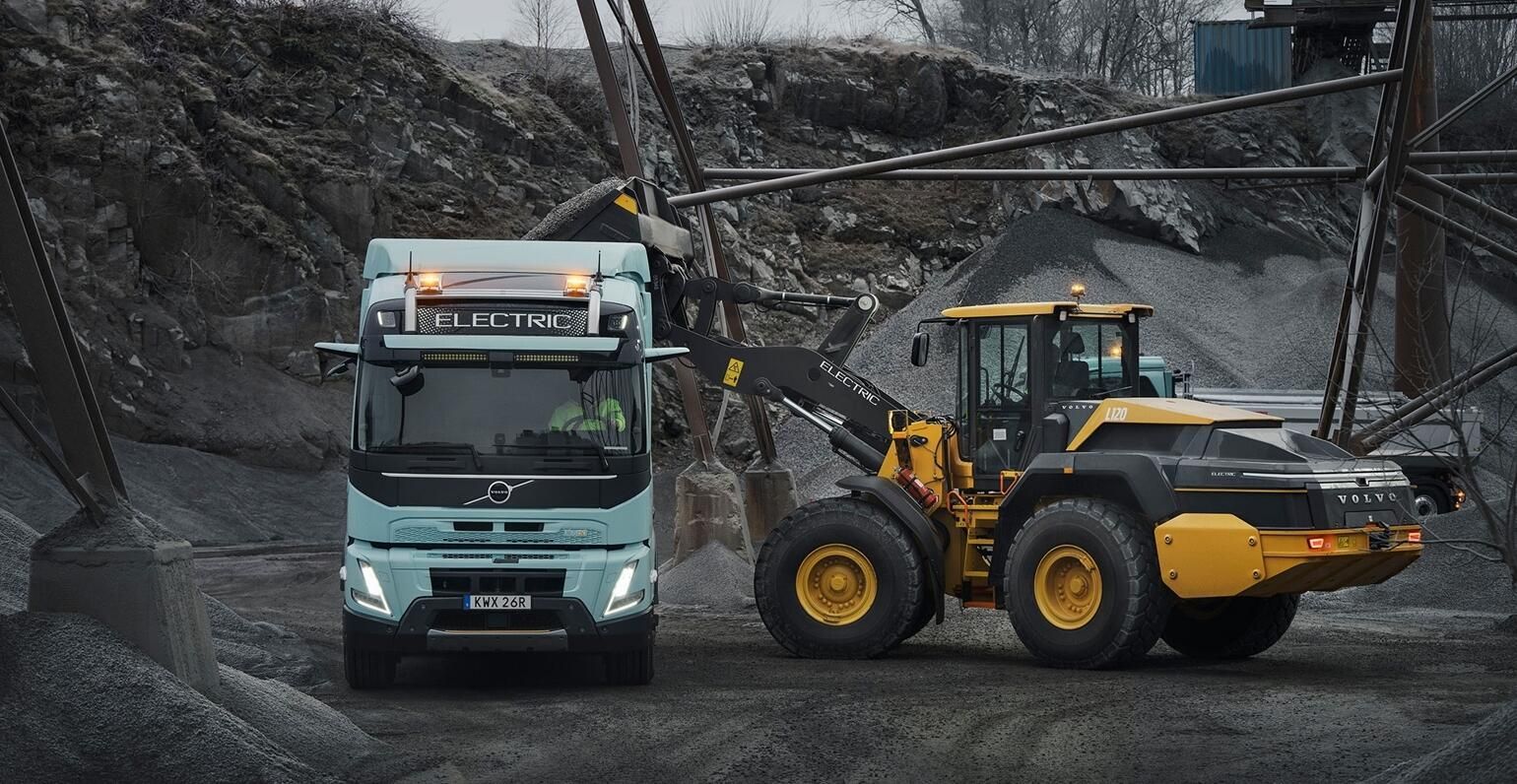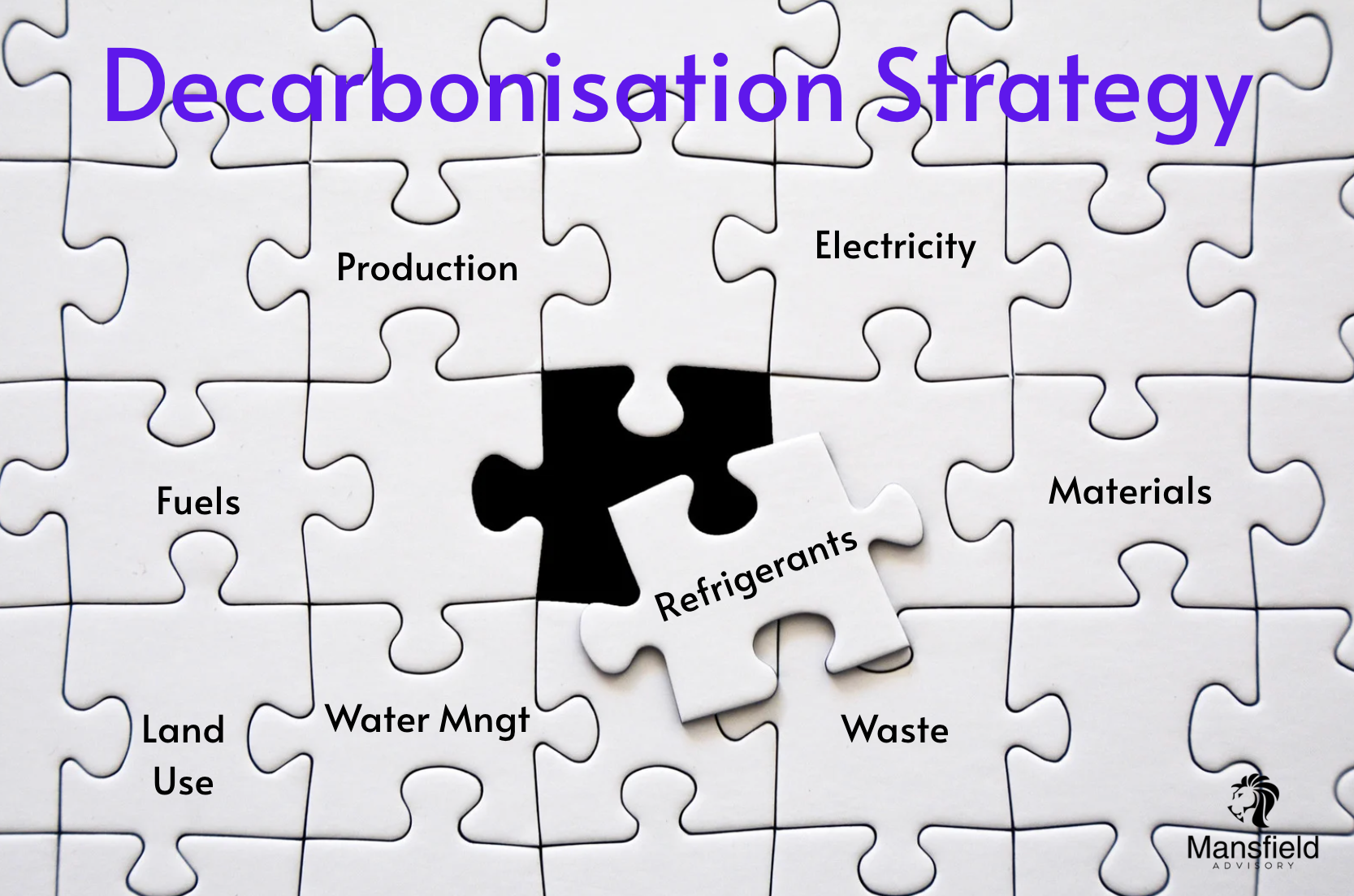Bamboo: Unlocking Climate Solutions with Australia’s Sustainable Finance Taxonomy
Call to Action (Executive Summary)
Bamboo offers a transformative opportunity for Australia’s climate, biodiversity, and economy. By 2035, 100,000–500,000 hectares of clumping bamboo could potentially drive AUD$500 million to $1.5 billion in initial investment, sequester 3–25 million tons of carbon dioxide annually, and avoid 2.4–24 million tons of construction emissions. Backed by global insights and local potential, this natural resource is poised for action. State and Federal Treasuries, the Australian Sustainable Finance Institute, Clean Energy Finance Corporation, banks, and investors are urged to understand these possibilities and integrate bamboo into Australia’s net-zero strategy.
Introduction
Our advocacy for bamboo as a climate and economic solution—highlighted in (Bamboo: The Overlooked Game-Changer in Australia’s Sustainable Future!) gained significant traction at the ICC-ES-sponsored Next Frontier Summit. Held across three cities, the summit brought together global experts, including Neil Thomas MBE (Atelier One), Dr. Trinh Huynh (University of the Sunshine Coast), David Sands (Rizome), Prof Xiao (ZJU-UIUC Institute, Zhejiang University), Jailene Santana (WWF Australia), Durnford Dart (Bamboo Australia), and BAMBuild (Brazil), to showcase bamboo’s potential.
The summit introduced a 10-Year Roadmap for Structural Engineered Bamboo (SEB), aiming to scale this fast-growing grass as an agricultural crop (ANZSIC 0159). Yet, policy gaps in the Australian Sustainable Finance Taxonomy (ASFT), released in June 2025, pose challenges. The Mansfield Advisory’s Bamboo Forestry Carbon Qualification (BFCQ) draft ACCU method is only at the Expression of Interest stage, and there are no clear signals to support bamboo plantation investments. This underscores the urgent need for ASFI, CEFC, banks, investors, State and Federal Treasuries to recognise and act on bamboo’s opportunities.

Image 1: House of Bamboo Showroom – courtesy, House of Bamboo
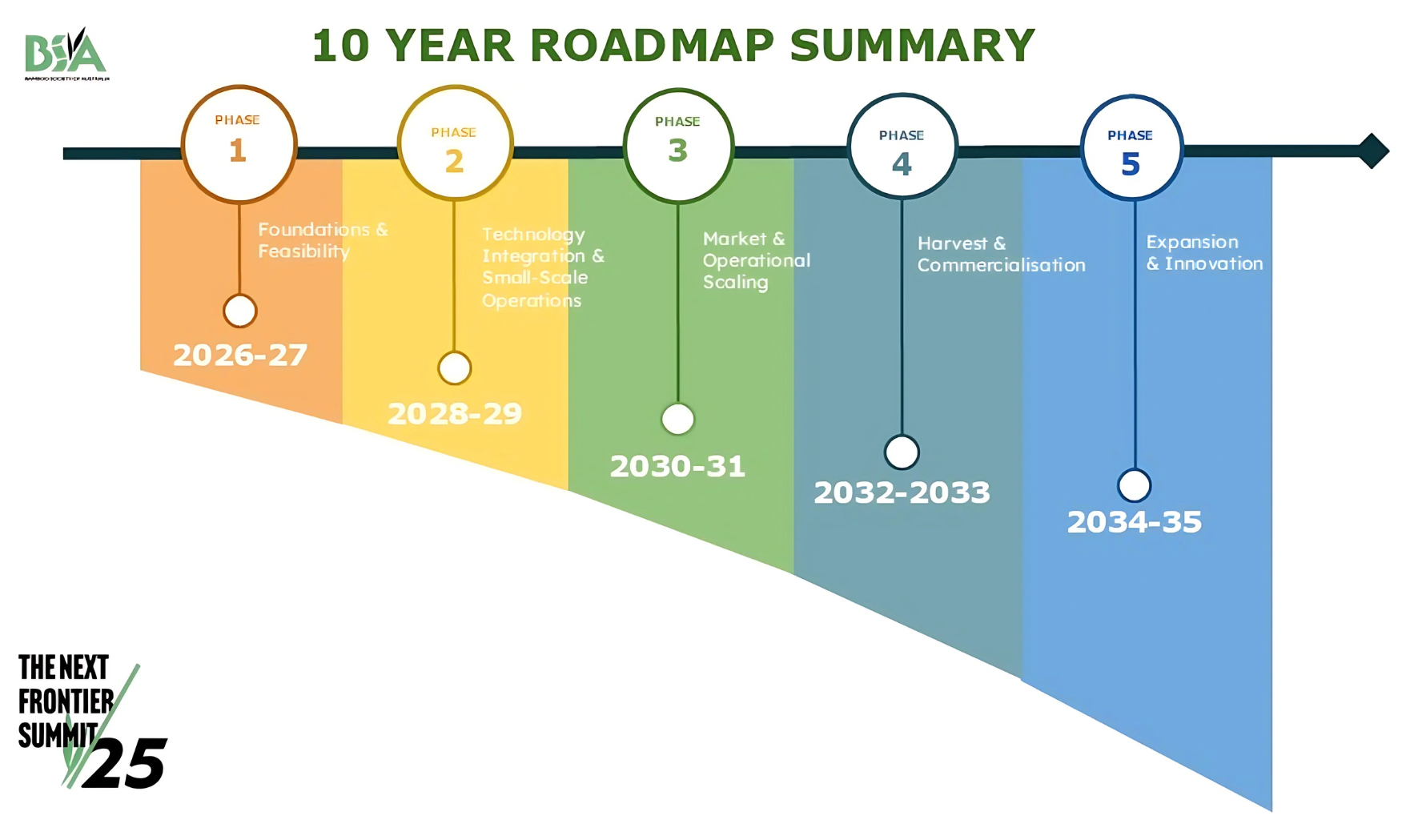
Image 2: Draft summary of the 10-year roadmap for Structural Engineered Bamboo (Bamboo Society of Australia)
Bamboo’s Alignment with the Australian Sustainable Finance Taxonomy
By 2035, 100,000–500,000 hectares of non-invasive clumping bamboo could produce 0.8–6 million tons of Structural Engineered Bamboo annually, harnessing its rapid growth of 0.01–0.03 meters per day (3.65–10.95 meters/year)—four to ten times more productive than traditional trees. This aligns with the ‘Agriculture and Land’ sector, where research quantifies carbon storage in aboveground biomass, belowground biomass (root-shoot ratio 0.85), litter, and soil organic carbon (up to 79 kg C/ha/yr). However, its eligibility for carbon credit Soil Carbon methods awaits approval from the Clean Energy Regulator, pending further consultation. Its ecosystem services—biodiversity support, erosion control, and water retention—meet the ‘Do No Significant Harm’ criteria. In the ‘Construction and Buildings’ sector, Structural Engineered Bamboo’s low embodied carbon (0.1–0.3 kg CO2e/kg) and steel-rivalling tensile strength position it as a substitute for cement and steel, each contributing 7% to global emissions. With the International Code Council Evaluation Service verifying Structural Engineered Bamboo compliance with International Organization for Standardization 22156/22157 standards and confirming adherence to National Construction Code performance criteria, alongside Environmental Product Declarations validating environmental impact values for NABERS Embodied Carbon and Green Star Building ratings, these credentials are poised to build confidence in Structural Engineered Bamboo.
International precedents underscore bamboo’s alignment with sustainable finance frameworks.
The EU Taxonomy includes bamboo under agroforestry for carbon sequestration and soil health, supporting climate mitigation EU Taxonomy, 2020. China’s Green Bond Catalogue explicitly lists bamboo plantations for ecological restoration and carbon credits, driving investment in a USD 199.2B green bond market by 2021 (Green Finance Platform, 2022). These examples strengthen the case for ASFT to recognise bamboo’s agricultural and construction potential, urging immediate policy integration to unlock investment.
“Bio-based materials may represent our best hope for radical decarbonisation through the responsible management of carbon cycles. The shift towards properly managed bio-based materials could lead to compounded emission savings in the sector of up to 40% by 2060 in many regions.” United Nations Environment Programme Building Materials and the Climate: Constructing a New Future
Policy and Technical Gaps
The Summit identified key barriers to bamboo’s integration: its agricultural classification excludes it from forestry frameworks, missing timber incentives despite Structural Engineered Bamboo’s equivalence to laminated veneer lumber; limited agricultural recognition restricts subsidies; carbon credit methodologies overlook bamboo’s 5–7 year cycles, though the Bamboo Forestry Carbon Qualification, currently at the Expression of Interest stage with the Department of Climate Change, Energy, the Environment and Water, aims to value aboveground biomass, belowground biomass, and products as a proposed method. Meanwhile, the applicability of the existing Soil Carbon method, managed by the Clean Energy Regulator, to bamboo is under review; its absence from technical screening criteria raises investor costs; static life cycle assessments undervalue sequestration, necessitating dynamic assessments; commercialisation faces challenges with limited plantations, the need for smart and productive harvesting techniques and standardisation gaps; First Nations engagement lacks tailored Free, Prior, and Informed Consent protocols despite agroforestry potential; bamboo’s grass status hinders National Construction Code adoption; and Australia’s non-signatory status with the International Network for Bamboo and Rattan limits access to global expertise and investor markets.
Utilising Bamboo as a Structural Engineered System
A Sydney panel, including Neil Savery, outlined strategies for Structural Engineered Bamboo adoption. The National Construction Code’s performance-based approach supports experimentation, with local pilot and demonstration projects (roadmap Phase 3) paving the way. Jennifer Snyders (President, Bamboo Society of Australia and CEO for House of Bamboo) emphasised bamboo’s 5–7 year harvest cycle as a regenerative partner to timber (Phase 4), offering a sustainable alternative.
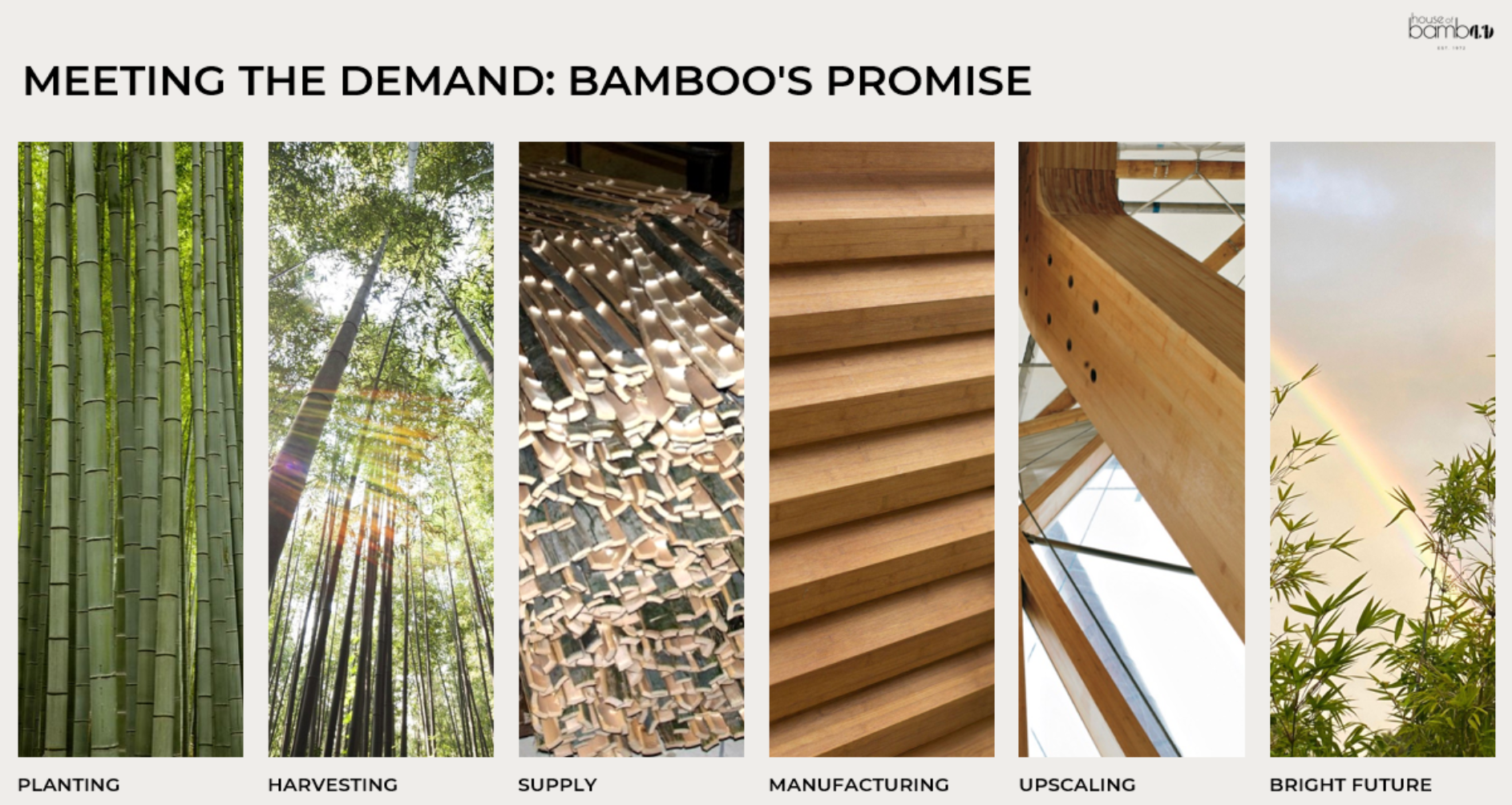
Image 3: The stages of structural engineered bamboo (SEB) production – courtesy, House of Bamboo.
Investment Opportunities
The 10-Year Roadmap, currently in development, offers a framework where 100,000–500,000 hectares of bamboo plantations could potentially attract AUD 500 million–1.5 billion in initial investment by 2035, with annual operating costs estimated at $35,000–40,000/ha. Research suggests that such a scale could lead to 3–25 million tons CO2 stored annually, with bamboo avoiding 2.4–24 million tons of embodied carbon yearly, based on sequestration and substitution rates. These figures are proposed as part of the roadmap’s consideration to maximise bamboo’s climate and economic impact. Benefits include:
- Carbon Markets: The applicability of the existing Soil Carbon method to bamboo, managed by the Clean Energy Regulator, and the proposed Bamboo Forestry Carbon Qualification, currently at the Expression of Interest stage with the Department of Climate Change, Energy, the Environment and Water, could unlock the potential 3–25 million tons of carbon dioxide per year sequestered value, pending future consultation, approval and development.
- Construction Sector: Structural Engineered Bamboo’s strength and modern construction methods might address housing needs, potentially avoiding 2.4–24 million tons of carbon dioxide per year through low-carbon solutions.
- Agricultural Innovation: Bamboo’s rapid growth (0.01–0.03m/day) could support 0.8–6 million tons per year, appealing to Clean Energy Finance Corporation investors
- Biodiversity and Social Impact: Indigenous partnerships and ecosystem services could enhance environmental, social, and governance appeal across 100,000–500,000 hectares. (Based on a range of Financing, Carbon, and Yield Assumptions for Structural Engineered Bamboo by 2035)
Alignment with Future Made in Australia
Bamboo’s potential aligns with the Australian Government’s Future Made in Australia initiative, launched in the 2024–25 Budget with a $22.7 billion, decade-long investment to strengthen domestic manufacturing and net-zero industries. This framework, guided by the National Interest Framework, targets sectors like renewable hydrogen and critical minerals but offers a platform for bamboo’s 100,000–500,000 hectares and proposed AUD 500 million–1.5 billion investment. Its focus on the Net Zero Transformation Stream and Economic Resilience supports bamboo’s potential role in sequestering 3–25 million tons CO2/year and avoiding 2.4–24 million tons in construction, leveraging public-private partnerships through the Clean Energy Finance Corporation and the Future Made in Australia Innovation Fund. However, the recent $300 million Timber Fibre Strategy (July 07, 2025) focuses solely on timber, highlighting a gap where 100,000–500,000 hectares of bamboo could complement this effort. Action by World Bamboo Day, September 18, 2025 (69 days from now), can cement bamboo’s role, building on its insurance viability.
Strategic Alignment with the Forest Products Industry
Bamboo enhances Australia’s forest products industry through six strategic pillars. First, it expands sovereign manufacturing by integrating Structural Engineered Bamboo with timber fibre across 100,000–500,000 hectares by 2035. Second, its rapid growth (0.01–0.03m/day) meets domestic demand, complementing managed forests. Third, managing bamboo plantations could boost forest health, potentially sequestering 3–25 million tons of carbon dioxide per year while supporting biodiversity. Fourth, industry enablers—International Code Council Evaluation Service standards, the proposed 500 million to 1.5 billion Australian dollars in investment, and infrastructure—could drive Structural Engineered Bamboo adoption. Fifth, bamboo cultivation supports regional communities, including First Nations with Free, Prior, and Informed Consent protocols. Sixth, innovating the value chain with dynamic life cycle assessments and carbon credits (e.g., Bamboo Forestry Carbon Qualification) could position Australia as a biobased leader. Yet, the Timber Fibre Strategy’s timber-only focus underscores the need to advocate for bamboo’s inclusion.
Roadmap to Action
The draft 10-year roadmap, developed for the Next Frontier Summit, seeks feedback to finalise it by September 18, 2025, for World Bamboo Day launch. Key actions are outlined below to advance Structural Engineered Bamboo integration, include:
Policy and Investment:
- Engage the Australian Sustainable Finance Institute to recognise bamboo-specific Technical Screening Criteria within the Australian Sustainable Finance Taxonomy.
- Support the Bamboo Forestry Carbon Qualification Expression of Interest and inclusion in Soil Carbon methods.
- Fund research and development to address data gaps, including carbon quantification and other related areas.
- Australia to commit to joining the International Network for Bamboo and Rattan by 2026 for global expertise.
- Integrate bamboo into the 2035 Nationally Determined Contribution and Clean Energy Finance Corporation funding, beyond the current timber focus.
- Develop Free, Prior, and Informed Consent protocols with Reconciliation Australia for First Nations engagement.
- Seek bamboo’s inclusion in the 300 million Australian dollar Timber Fibre Strategy (July 07, 2025) or identify separate funding to complement timber efforts.
Performance, Standards, and Codes:
- Leverage the International Code Council Evaluation Service’s International Organisation for Standardisation 22156/22157 assessments and local case studies to establish National Construction Code pathways.
- Collaborate with Standards Australia to define Structural Engineered Bamboo standards using modern construction methods and pilot projects.
- Fund research and development and Technical and Further Education training programs to ensure scalability and workforce readiness.
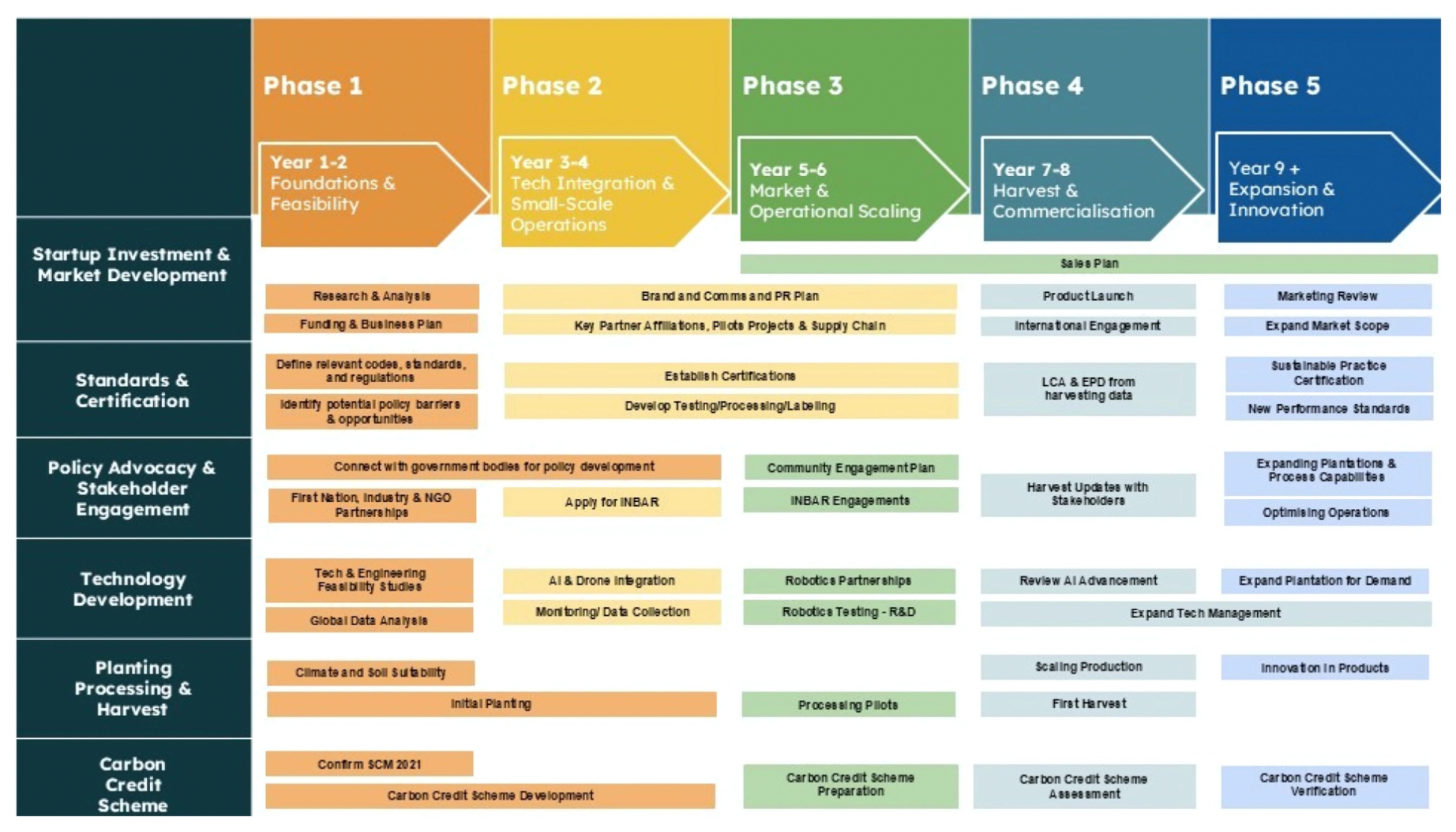
Image 4: Summary outline of key elements within the 10-year draft roadmap for SEB (Bamboo Society of Australia)
UNEP FIT Post-Summit Insights
Released this month (July 2025), the United Nations Environment Programme’s Forum for Insurance Transition to Net Zero report, Underwriting the Transition, offers a framework for aligning insurance portfolios with net-zero goals. Led by the United Nations Environment Programme, with support from global insurers (e.g., Aviva, Beazley), academics (e.g., University of Technology Sydney’s Gordon Noble), and Australian regulator APRA’s Sean Carmody, the report estimates Structural Engineered Bamboo’s potential climate impact at 3–25 million tons of carbon dioxide sequestered and 2.4–24 million tons avoided annually by 2035. It draws on the Science-Based Targets Initiative Financial Institutions Net-Zero Standard (2024), Glasgow Financial Alliance for Net Zero guidance (2022), and Transition Plan Taskforce metrics (2024). Structural Engineered Bamboo’s drought resilience, moisture resistance, and 40% denser structure (with slower carbonisation than wood) enhance its insurance appeal, though durability tests are pending. This positions bamboo for underwriting risks and carbon credits, with the roadmap’s research and development focus key to realisation.
Australian Sustainable Finance Taxonomy Alignment Note
The Australian Sustainable Finance Taxonomy, launched alongside the Next Frontier Summit for Bamboo, provides a foundation for green and transition finance to support net-zero goals. As part of the Government’s broader Sustainable Finance Roadmap, this framework is poised for enhancement. However, the draft 10-year roadmap for Structural Engineered Bamboo, still in its early stages, has yet to fully inform the taxonomy with bamboo’s potential, pending ongoing consultations. Still, bamboo aligns with the “Agriculture and Land” sector via its growth and carbon storage (aboveground biomass, belowground biomass, soil organic carbon up to 79 kg C/ha/yr) and the “Construction and Buildings” sector via Structural Engineered Bamboo’s low embodied carbon (0.1–0.3 kg CO2e/kg) and high-emission material substitution. Its absence from technical screening criteria raises costs, while static life cycle assessments undervalue sequestration, necessitating dynamic assessments. Tailored First Nations Free, Prior, and Informed Consent protocols are also needed for agroforestry partnerships, per the Australian Sustainable Finance Taxonomy (June 2025).
With 69 days to World Bamboo Day, the time to act is now.
#Bamboo #SustainableFinance #ASFT #NetZero #CarbonMarkets #Biodiversity #EmbodiedCarbon #ClimateSolutions #SustainableConstruction
First published on LinkedIn 11th July 2025
